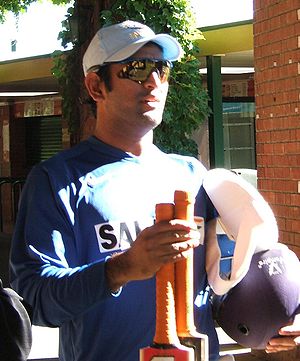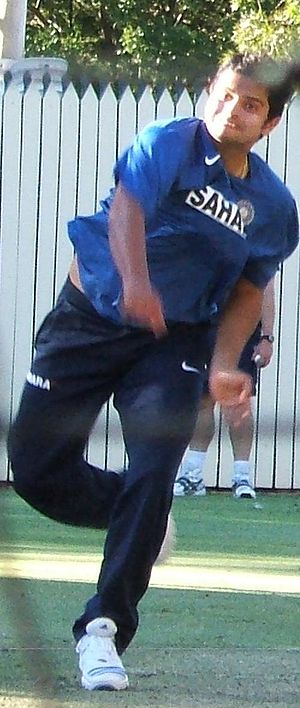India lost the ODI series against the Black Caps without winning a single match (but winning all the tosses). Captain MS Dhoni has been critical of his bowlers mainly - he mentioned that he was not sure of his bowlers for World Cup and so on. But this series was not just the failure of his bowlers; his batsmen failed big time as well and that is why Dhoni mentioned that they will get out of this phase.
Let us look at each ODI and check the performances of both teams in a span of five-over breaks. The number of times New Zealand team scored more than 30 runs in the 5-over span is much more than the Indian team. Now, if you blame the Indian bowlers for the times NZ have hit more than 30, should you not blame the batsmen for scoring lesser times? Why is MSD not looking at this aspect?
First ODI
Second ODI
Third ODI
Fourth ODI
Fifth ODI
Looking at these charts, dont you get a feeling that Dhoni has given preferential treatment towards the batsmen?
Agreed that Kohli and Dhoni did well in the series. Just like the bowlers, batsmen like Shikhar Dhawan, Rohit Sharma, Ajinkya Rahane didnt do well in the chances that they received. Why continue with them then? Why continue with a veteran like Ishant Sharma still?
Let us look at each ODI and check the performances of both teams in a span of five-over breaks. The number of times New Zealand team scored more than 30 runs in the 5-over span is much more than the Indian team. Now, if you blame the Indian bowlers for the times NZ have hit more than 30, should you not blame the batsmen for scoring lesser times? Why is MSD not looking at this aspect?
First ODI
Second ODI
Third ODI
Fourth ODI
Fifth ODI
Looking at these charts, dont you get a feeling that Dhoni has given preferential treatment towards the batsmen?
Agreed that Kohli and Dhoni did well in the series. Just like the bowlers, batsmen like Shikhar Dhawan, Rohit Sharma, Ajinkya Rahane didnt do well in the chances that they received. Why continue with them then? Why continue with a veteran like Ishant Sharma still?















![Reblog this post [with Zemanta]](http://img.zemanta.com/reblog_e.png?x-id=770556ac-49ec-41ce-841e-4acc53e93442)

![Reblog this post [with Zemanta]](http://img.zemanta.com/reblog_e.png?x-id=6ef647d1-7238-4b4c-8161-cb393624eafc)

![Reblog this post [with Zemanta]](http://img.zemanta.com/reblog_e.png?x-id=23eea047-f0de-4fe1-a33b-0079e9c603ab)

![Reblog this post [with Zemanta]](http://img.zemanta.com/reblog_e.png?x-id=d61b10db-8f0e-4afd-961d-38959f39eb1b)